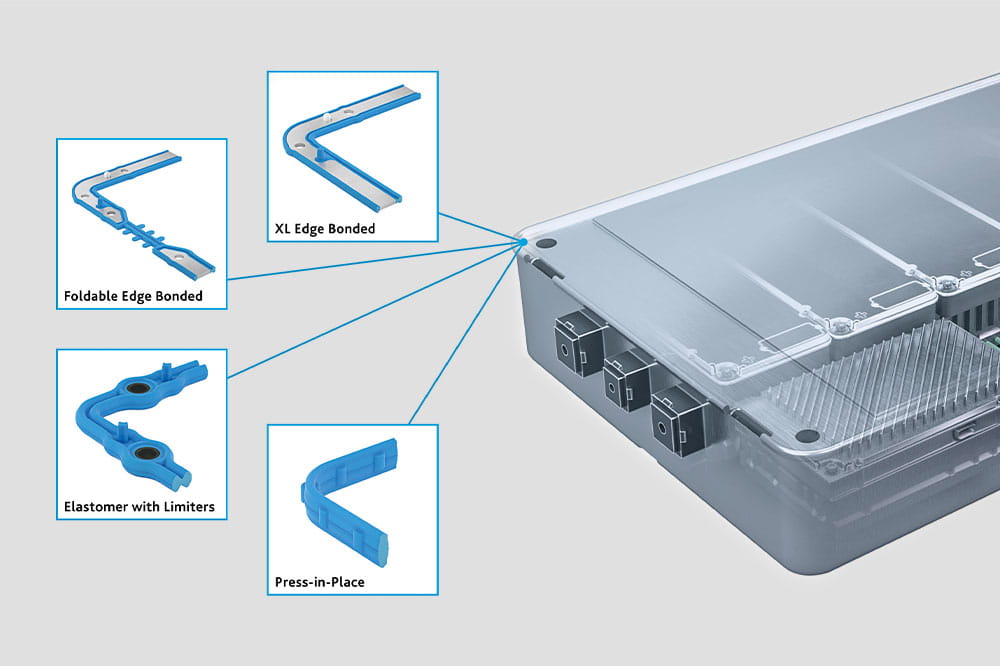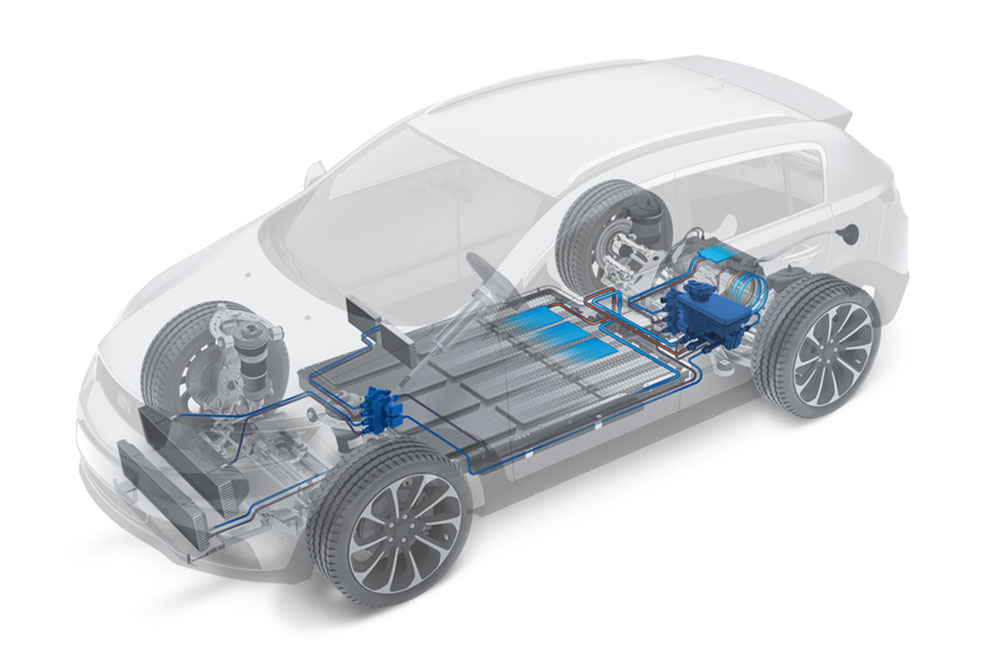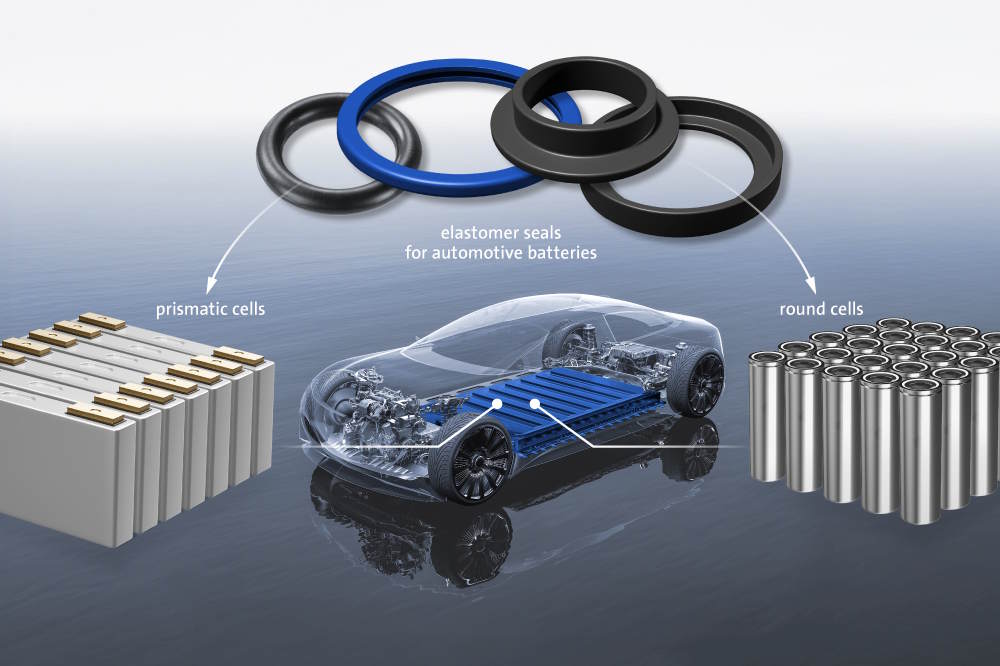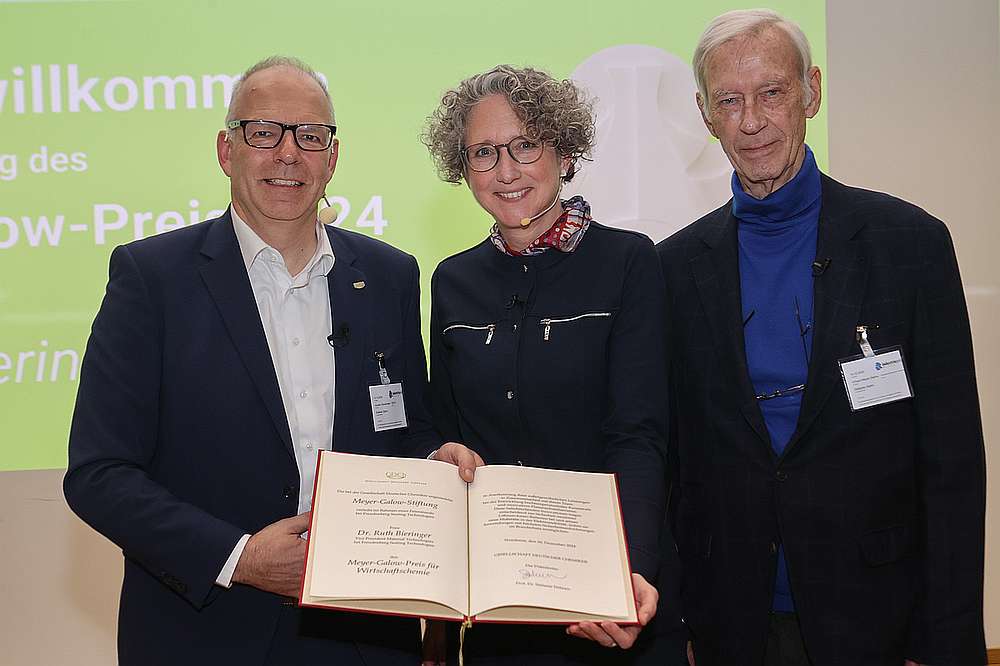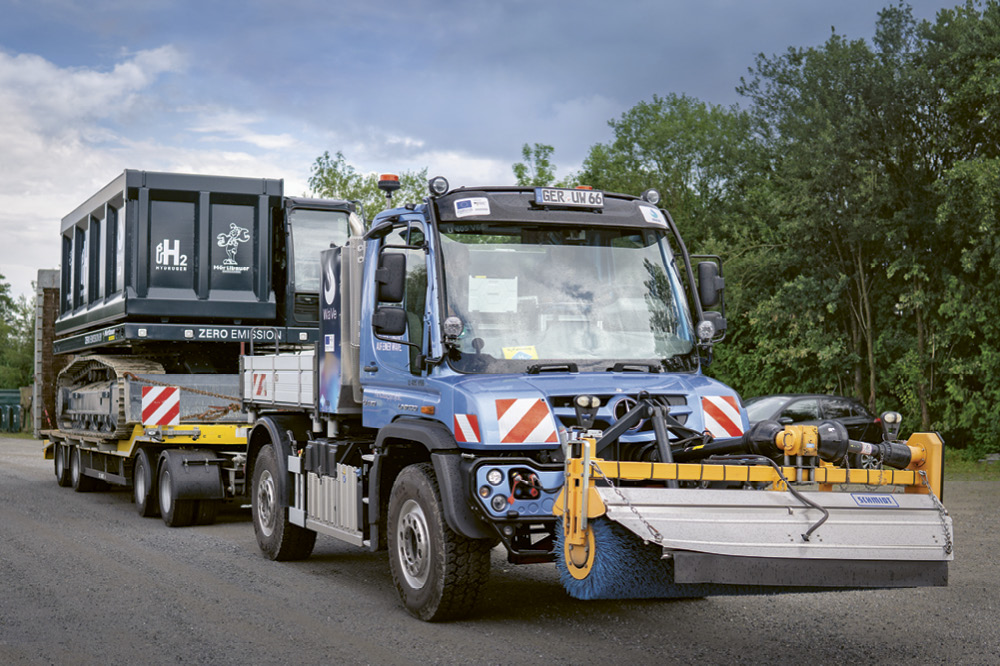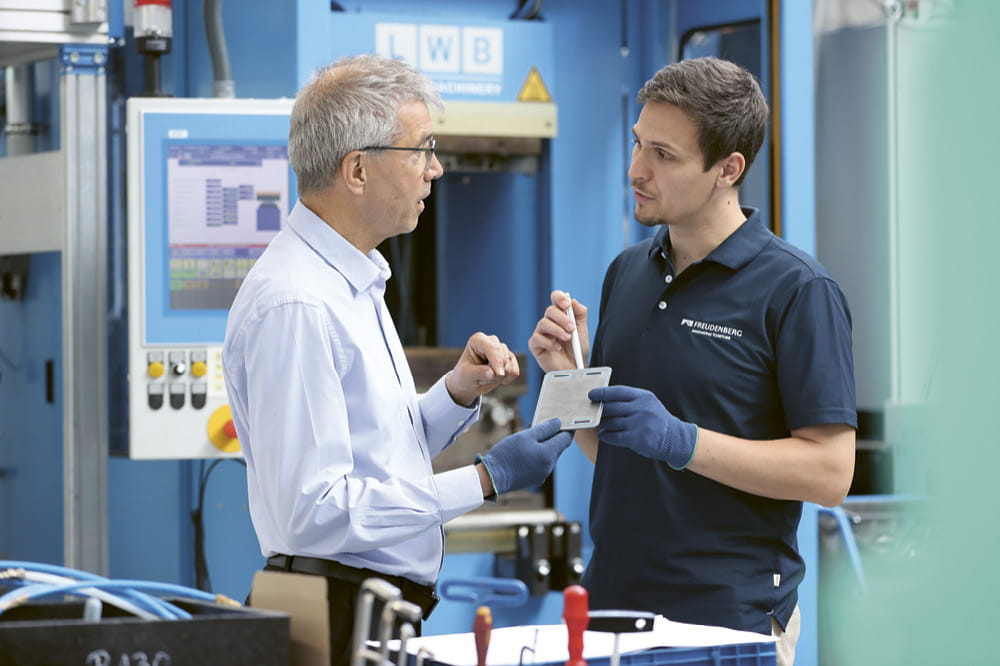Obtain news and background information about sealing technology, get in touch with innovative products – subscribe to the free e-mail newsletter.
06.10.2020 | Press release
Metflex Custom-Fit Diaphragms
Weinheim (Germany), October 6, 2020. In the safety-driven natural gas industry, system leaks are a dangerous and costly issue. Residential gas meters and regulators, in particular, are at risk when crucial components such as diaphragms are not optimally designed and manufactured for the environment in which they will work.
An advanced polymer technology, trademarked by Freudenberg Sealing Technologies’ Metflex Precision Moulding organization, addresses these challenges with fiber-reinforced materials that improve the reliability, functionality and longevity of critical gas system components. Diaphragms made using Metflex Dispersed Fibre Technology (DFT)™ offer better sealing performance, longer flex life, improved low temperature resilience and enhanced design capabilities than standard diaphragms made from fabric coated polymers. To date, more than 40 million DFT diaphragms have been used in medium and low-pressure application, primarily in North America but also in other regions of the world.
Safety concerns and costs associated with gas leaks and equipment failures
“The natural gas industry is a very conservative when it comes to embracing new technology, given the safety concerns and costs associated with gas leaks and equipment failures,” said Ben Sculthorp, Sales and Marketing Account Manager, Metflex Precision Moulding. “We want these companies to know there is a better alternative available for the safety-critical components used in low and medium-pressure applications of less than 150 psi like residential gas meters and regulators. DFT diaphragms are a proven solution for serious issues like delamination, cracking and leaking in small and medium-pressure gas applications.”
Even as digital metering technologies emerge, mechanical diaphragm gas meters will remain in widespread service for the foreseeable future, especially in China where usage is growing. These devices rely on displacement created by a piston and cylinder system in combination with a diaphragm to move gas from distribution pipelines into residential gas outlets. The diaphragm acts as both a barrier against escaping gas and a force to push it through residential gas lines inside the building.
Diaphragms used in these meters are traditionally designed and manufactured using rubber materials that are bonded to a fabric layer. The fabric typically serves several purposes including increased flexibility, durability and fluid resistance.
Fabric-reinforced diaphragms are commonly used in large, high-pressure applications where tension, motion and working parts are in constant play. This solution is especially appropriate for meters requiring a burst pressure above 150 psi.
For residential applications, smaller displacement gas meters with burst pressures below 150 psi are used. In residential gas meters, fabric-reinforced elastomers can present challenges. These diaphragms compress and expand more quickly as gas use increases in order to maintain a stable flow of gas into the residence. This movement creates friction and stress that can delaminate the fabric bond from the elastomer, compromising the materials’ integrity and resulting in deformation and system leaks. The fabric can also fray on the edges, again compromising the capability of the diaphragm to seal effectively.
Lower hysteresis and longer lifetime performance
The DFT process eliminates this risk by producing a homogenous, fiber-reinforced material that does not require a layer of fabric. The material flexes uniformly and delamination of the reinforcing fibers is impossible. Hysteresis is lower in DFT diaphragms and lifetime performance is longer. Importantly, the uniformity of the material virtually eliminates the issue of deformation that can result when different materials respond differently under pressure and stress.
“DFT gas meter and regulator diaphragms offer tremendous value to equipment manufacturers and utility companies,” said Jeff Kruwell, Senior Global Segment Director – Equipment Manufacturing, Freudenberg Sealing Technologies. “They can be designed to precisely fit different gas meter designs, and they lower the incidence of meter and regulator replacements because they are made of a superior, robust material. Maintenance calls have significantly declined in systems where DFT diaphragms are installed. This saves the customer considerable cost over the life of each meter and regulator.”
DFT diaphragms can be manufactured from a variety of polymer materials including NBR (Butadiene Acrylonitrile) and ECO (Epichlorohydrin Rubber). All of the materials meet ISO 9001:2015, EN549 and EN13787 approvals and are certified to WRAS, FDA and BfR standards. Metflex engineers also offer component design services to insure the diaphragms are optimized to function in the meter system for which they are intended.
Ulrike Reich
Head of Media Relations & Internal Communications
Telephone: + 49 (0) 6201 960 5713
ulrike.reich@fst.com chevron_rightNews Service
You can subscribe to the Freudenberg Sealing Technologies news alert service, bringing you the news as soon as they are published. You can always unsubscribe from this service.
Subscribe now! chevron_rightMore news on the subject Automotive & Transportation

First Hand News
Best of all, keep up with the latest developments
with the Freudenberg Sealing Technologies newsletter.




